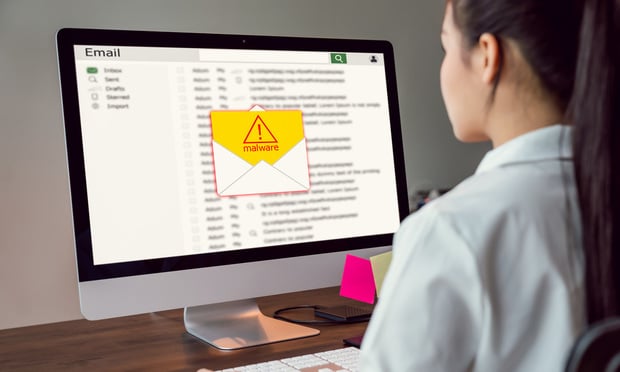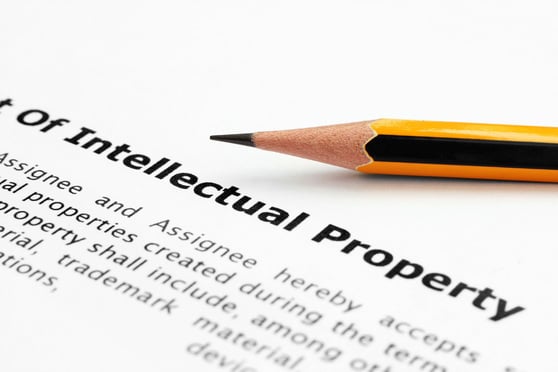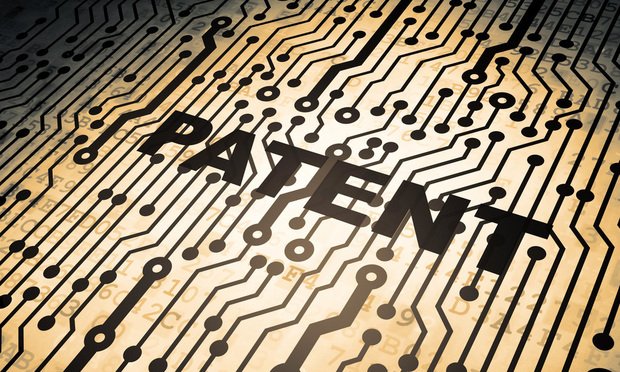Features

Artificial Intelligence: A New Weapon of Insider Threats
In the hands of a motivated insider with only average technical proficiency, AI becomes a uniquely effective tool with which to penetrate an organization's complete security infrastructure for any number of malicious purposes.
Features

'Keyword Warrants' Pose Privacy Threat
The practice of seeking a "keyword warrant" is a technique of dragnet policing. A keyword warrant requires the production of all IP addresses for anyone who inputs a particular word or phrase into an internet search engine. The search results are then used to identify a device user.
Features

FTC Revises Children's Online Privacy Rule to Extend Parental Consent to Targeted Advertising
The Federal Trade Commission in January provided more details on its proposed changes to the Children's Online Privacy Protection Rule, underscoring the need for online operators to review and prepare to update their policies and procedures.
Features

Third Circuit to Rule on TikTok's Section 230 Immunity After Viral Stunt Turned Fatal
The U.S. Court of Appeals for the Third Circuit has been asked to decide whether TikTok's "highly personalized" algorithm that feeds videos to users is considered first-party speech not immune from civil liability by Section 230 of the federal Communications Decency Act.
Features

Content-Licensing Payment Dispute Involves Whether Fiduciary Relationship Was Created
A recent New York federal court decision in a dispute between a broker that sublicenses program content and a broadcaster that sublicensed content from the broker considered the interaction of contract language and extra-contractual elements of the parties' relationship to determine whether a fiduciary relationship existed.
Features

All the News That's Fit to Pinch
The emerging cases by authors and copyright owners challenging various generative AI programs for using copyrighted materials are certain to create new troubles for the courts being asked to apply the fair use doctrine to this important new technology.
Features

Recent Patent Trial and Appeal Board Approaches to Patent Claims on Medical Technology Implementing AI
Each decision involves reversal of a prior art rejection and contrasts with the other decisions on subject matter eligibility, revealing different PTAB approaches and results that can inform prosecution and appeal strategies.
Features

Treatment of Antibody Claims In the U.S. After 'Amgen v. Sanofi'
The future of antibody claiming in the United States is uncertain following the U.S. Supreme Court's May 2023 ruling in Amgen Inc. v. Sanofi, a highly anticipated decision concerning enablement and whether the traditional way to claim antibodies — claiming antibodies by their function — will survive as a valid claiming strategy.
Features

Can Artificial Intelligence Patents Overcome §112 Requirements?, Part 2
Part Two of a Two-Part article While the last decade has seen a dramatic increase in the number of AI patents, such patents face difficulty in overcoming the patent-eligibility challenges under §101 and Alice. Section 101, however, is not the only hurdles AI patents must overcome. Section 112, with its written description, enablement, and definiteness requirements, presents additional obstacles.
Features

How Patent Owners Can Leverage Climate Change Programs In Their IP Strategies
The USPTO has created or expanded several programs to promote the development of sustainable energy. For patent owners and inventors in the energy sector, these programs can provide a financial and administrative edge for the development and protection of their intellectual property, as well as play a beneficial role their overall IP strategy.
Need Help?
- Prefer an IP authenticated environment? Request a transition or call 800-756-8993.
- Need other assistance? email Customer Service or call 1-877-256-2472.
MOST POPULAR STORIES
- Developing Client Personas Can Help Maximize Marketing and Business DevelopmentWho are your ideal clients and why do they (or should they) hire you? This simple but key question for marketing and business development is often deceptively challenging to answer. Building and implementing comprehensive client personas enables lawyers, practices and firms to refine their marketing and business development strategies to attract clients that align with their expertise, experience and values.Read More ›
- AI Governance In PracticeRegardless of how a company proceeds with identifying AI governance challenges, and folds appropriate mitigation solution into a risk management framework, it is critical to begin with an AI governance program.Read More ›
- Developments in Distressed LendingRecently, in two separate cases, secured lenders have received, as part of their adequate protection package, the right to obtain principal paydowns during a bankruptcy case.Read More ›
- The Power of Your Inner Circle: Turning Friends and Social Contacts Into Business AlliesPractical strategies to explore doing business with friends and social contacts in a way that respects relationships and maximizes opportunities.Read More ›
